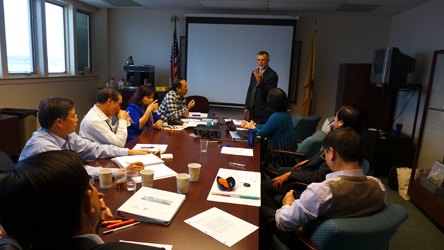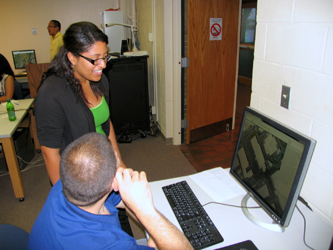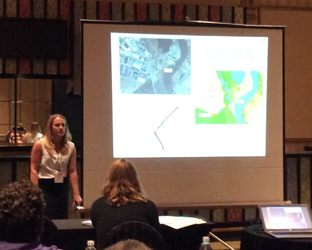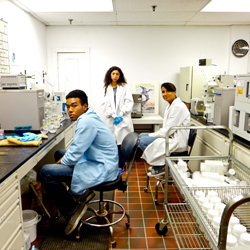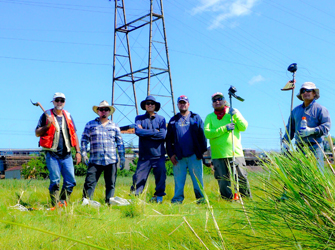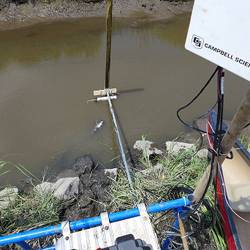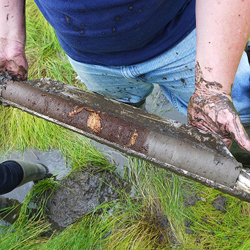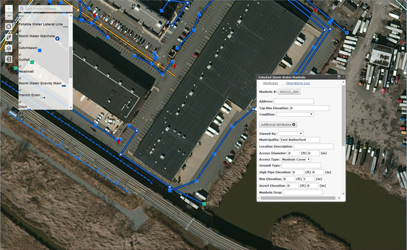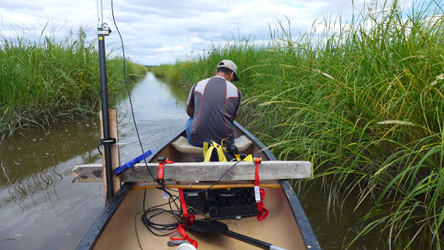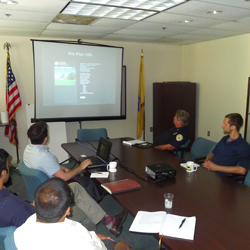On October 21, 2014 MERI hosted a USAID-funded Vietnam Forests and Deltas Program facilitated by the Coastal Resources Center of the University of Rhode Island. The objective of the study tour is to provide opportunities for Vietnamese officials and leaders to consider broader adaption strategies for rivers and deltas. USAID encourages the tour participants to consider some of the longer-term planning challenges facing deltas, notably with sea level rise and resettlement and various water issues. To achieve these objectives and to present innovative thinking, the US tour will visit government, business, academia and community leaders working in NY/NJ region as well as New Orleans and the Louisiana region of the Mississippi Delta. First stop of the tour was the New Jersey Meadowlands which is considered a large urban estuary and where joint actions between a variety of actors from government, industry and communities are addressing the long-term planning challenges facing this and other estuaries and deltas because of sea level rise.
